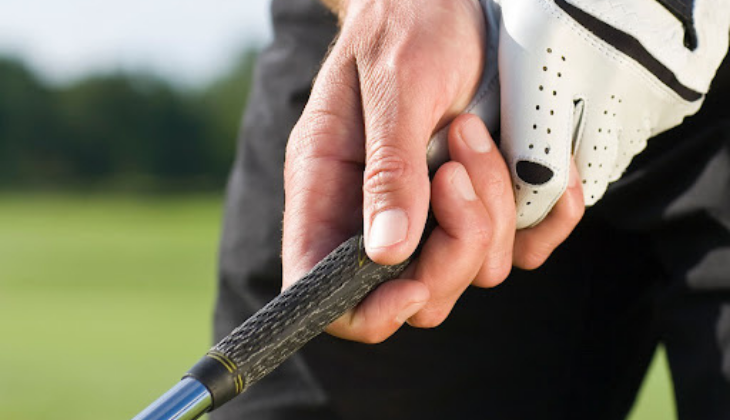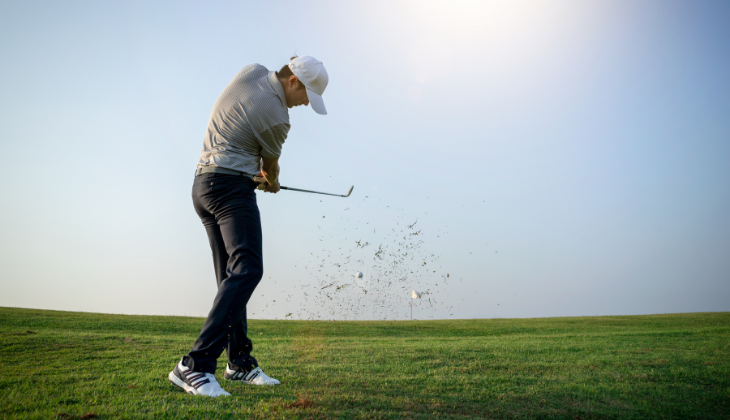Depending on your opinion, a slice is either a shot with a curved effect or an unwanted error. In either case, if you want to play at a high level, you’ll need to learn to fix it. A slice sees the ball start its flight trajectory curving to the left of the target before moving over to the right. When you fix it, your drives will head straight down the fairway, demonstrating you’re in control of your game. If you’re struggling with a slice right now, keep reading for some tips on how to avoid it.
What is a slice and why does it affect beginners?
Slices are common among new players and are sometimes even seen among more experienced players. The best way to fix it - as is often the case with anything in the sport - is to work, work and work some more on your technique. The slice will curve your ball first to the left and then over to the right of the target; this means that you will find yourself approaching the hole in a way that is less than desirable. The cause of the slice lies in both the movement of the swing, which beginners often haven’t mastered yet, and the grip. Factors like the quality of your driver also play a decisive role in whether you hit a slice or not (which, let’s not forget, is the opposite of a hook).

How to fix your slice
1. Close up your grip
The first thing to do if you want to fix your slice is to take a look at your grip. Let us not forget that the way you hold your club when taking a shot will have an impact on the resulting shot. We recommend closing up your grip ever so slightly to make sure the clubface isn’t too open at the moment of impact.
2. Aim for an inside-to-out swing path
The main reason you’re hitting a slice is that the ball is “cut off”. This means that the clubface is open in terms of the swing path. Even if you close the grip, if the swing path remains outside-to-in, you might correct some of the curve but the ball will fly straight to the left, continuing to give you problems. Aiming for a swing path towards the right will do away with any side friction on the ball and the trajectory will be straighter. A sign that you have corrected your slice is in your divot faces the target rather than towards the left.

3. Align your body with your stance
Your stance should work in conjunction with the swing path that we took a look at in the previous point. The line connecting your feet, hips and shoulders should also face the target and not towards the left. An additional tip is to turn your shoulders slightly to the right while your feet face the target. Though this static part may help, it tends to be the dynamic part of the swing which causes problems. When you’re in your backswing, we recommend withdrawing your hips before your shoulders. A tip is to try to get your belly button facing the target at the moment of impact. In so doing, you generate space, enabling the ball to move inwards, closer to the line, avoiding a left-facing divot and therefore reducing your slice. Work on it and you’ll see an improvement.
Although many players seek to fix their slice by aiming left at the moment of impact (given that a slice ends up with the ball to the right of the target), this may actually make it worse. Our advice? To practise, practise, practise. The Costa del Golf is home to excellent golf academies where you can learn to finetune your technique and avoid errors, like slices, which can have a negative impact on your game.








